Do your students love all things weird and wonderful? If so, you’ve come to the right place. We’ve rounded up 131 fun facts for your kiddos to lap up! From detailing weird and whacky truths to listing mind-bending fascinations, we hope to boost your class’s general knowledge to new heights! Step right up and explore Pandora’s box of facts!
1. Wombat Poop is Cubic: Wombats are known to produce cubic feces. This unique shape helps their droppings stay in place and mark territory.
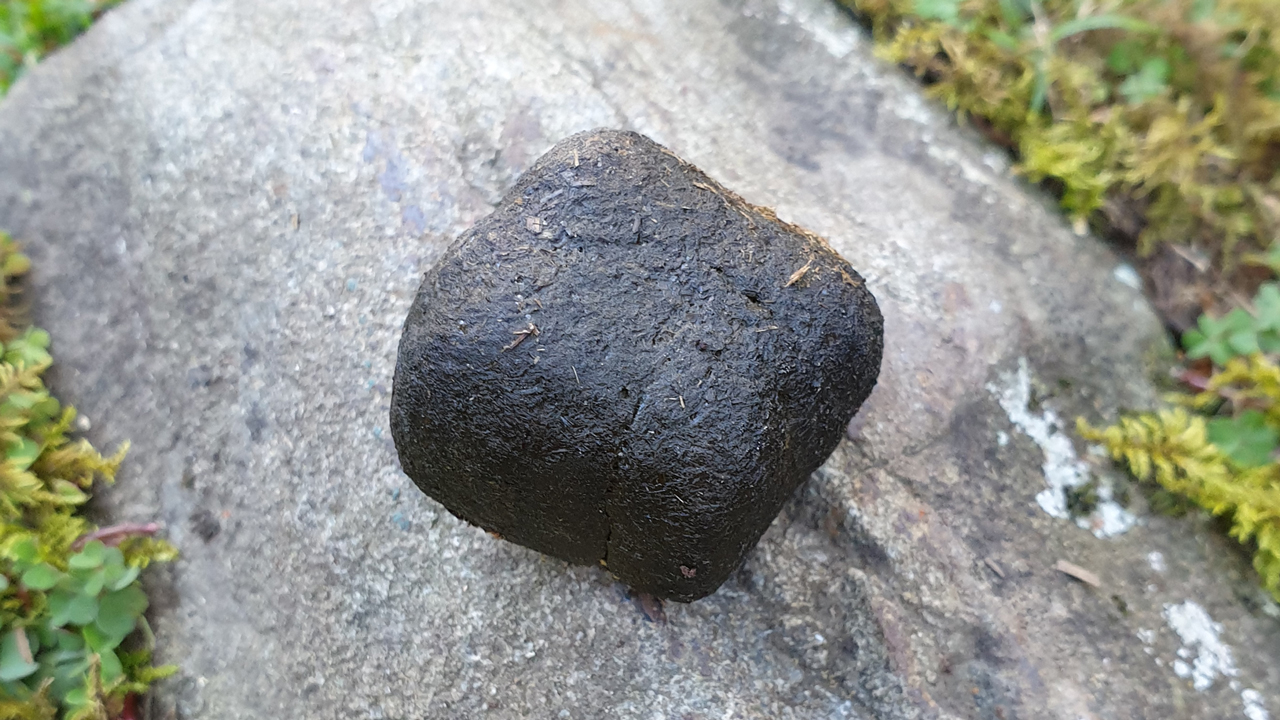
Learn More: Science
2. Octopuses Have Three Hearts: Two pump blood to the gills, while the third pumps it to the rest of the body.
Learn More: YouTube
3. A Group of Flamingos is a Flamboyance: This term is used to describe a group of flamingos gathered together.

Learn More: The Atlantic
4. Bananas are Classified as Berries: According to the botanical definition, bananas qualify as berries!

Learn More: Live Science
5. Polar Bears Have Black Skin: Despite their white fur, a polar bear’s skin is actually black which helps them better absorb and retain heat.
Learn More: YouTube
6. The Eiffel Tower Can Grow: Due to thermal expansion, the Eiffel Tower can grow more than six inches in hot weather.

Learn More: IP Factly
7. A Bolt of Lightning is Hotter than the Sun: A bolt can reach temperatures of 30,000 kelvins (53,540 degrees Fahrenheit). The sun, on the other hand, is only around 6000 kelvins (10,340 degrees Fahrenheit).
Learn More: YouTube
8. The Tongue of a Blue Whale Weighs as Much as an Elephant: Blue whales are so large that their tongues alone can weigh as much as an elephant.

Learn More: Science Facts
9. Venus Rotates Backward: Venus is the only planet in our solar system that spins in the opposite direction relative to the sun.
Learn More: YouTube
10. Sharks Have Been Around Longer Than Trees: Sharks appeared around 400 million years ago while the earliest tree appeared about 350 million years ago.

Learn More: Shark Sider
11. Hummingbirds Can’t Walk: Despite their ability to fly forwards, backward, and hover up and down, hummingbirds can’t actually walk on their tiny legs.

Learn More: Birds Idea
12. Astronauts’ Height Changes in Space: Without gravity pulling them down, astronauts can grow up to two inches taller in space.

Learn More: Discover Magazine
13. Peanuts are Not Nuts: They are classified as legumes; a type of plant that bears fruit in pods.

Learn More: How Stuff Works
14. Chewing Gum Boosts Concentration: Some studies suggest that the act of chewing gum can improve your concentration.

Learn More: Vernon Morning Star
15. A Group of Frogs is Called an Army: This term is used to describe a group of frogs.

Learn More: Willy’s Wilderness
16. Giraffes Have the Same Number of Vertebrae in Their Necks as Humans: Just like humans, giraffes also have seven neck vertebrae.

Learn More: Rocky Mountain Brain and Spine Institute
17. Dolphins Sleep With One Eye Open: This is because they only let half of their brain sleep at a time.
Learn More: YouTube
18. Butterflies Taste With Their Feet: These fluttery friends’ taste sensors are located on their feet. By standing on their food, they can taste it!

Learn More: Flip Science
19. A Single Cloud Can Weigh More than 1 Million Pounds: Clouds may look fluffy and light, but they can be quite heavy.

Learn More: Science Notes
20. Carrots Were Originally Purple: It wasn’t until the 17th century that Dutch growers cultivated the orange variety of carrots that we’re familiar with today.

Learn More: Business Insider
21. Snails Can Sleep For Three Years: Some species of snails are known to sleep for up to three years to avoid adverse environmental conditions.

Learn More: AZ Pet Vet
22. Hippopotamus Milk is Pink: This is because it contains two types of acids; one known as hipposudoric acid and the other known as norhipposudoric acid.
Learn More: YouTube
23. The Longest Word in English has 189,819 Letters: It’s the chemical name for titin, a giant protein known to be the largest known protein.
Learn More: YouTube
24. Koalas Have Fingerprints: Koalas are one of the few animals, along with humans and primates, that have unique fingerprints.

Learn More: Flip Science
25. Cows Have Best Friends: Cows form close friendships and can become stressed when they are separated from their best friends.

Learn More: Veg News
26. A Shrimp’s Heart is in Its Head: In shrimp, the heart is located in the thorax, which is near the head.
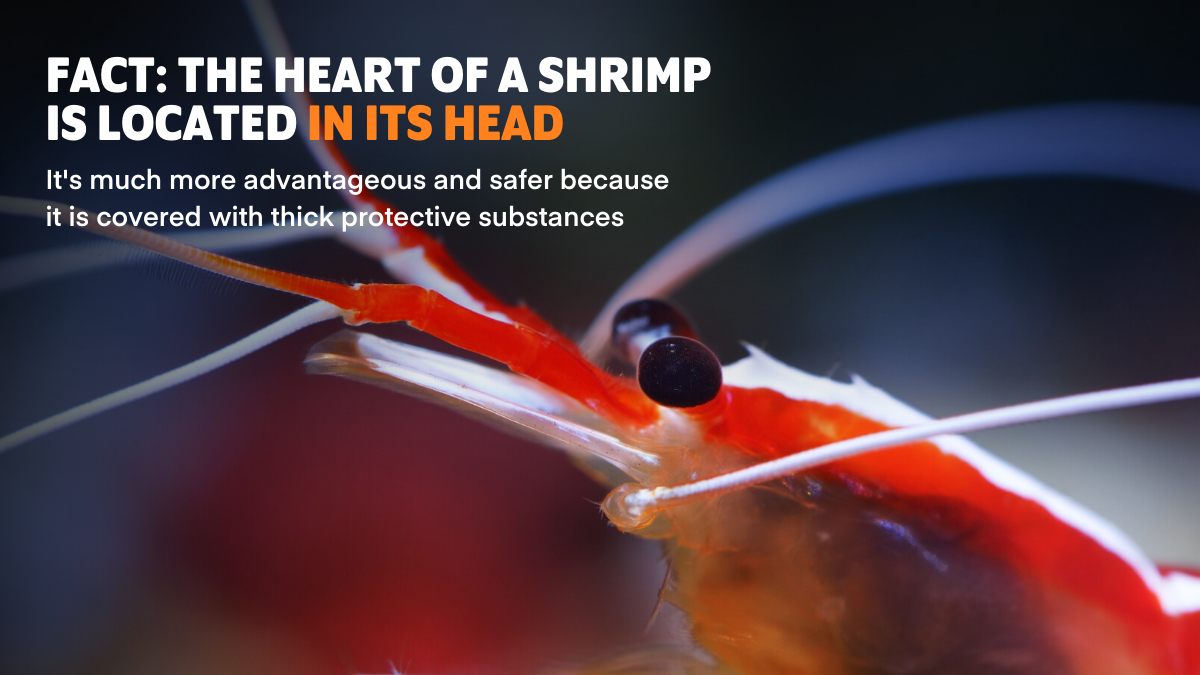
Learn More: Twitter
27. Hot Water Freezes Faster Than Cold Water: This strange phenomenon is known as the Mpemba effect.
Learn More: YouTube
28. Bees Can Recognize Human Faces: Honey bees make out faces the same way we do. They take parts or components of the face and cobble them together to make out the whole face.
Learn More: YouTube
29. A Crocodile Cannot Stick Its Tongue Out: Crocodiles have a membrane that holds their tongue in place on the roof of their mouth. This makes it impossible for them to stick it out of their narrow mouths.

Learn More: Metro
30. Goosebumps Are a Reaction Designed to Ward Off Predators: In animals covered with fur or hair, the standing hair will trap more air to keep them warm and make them look larger to scare off predators.

Learn More: Revelstoke Review
31. Pigeons Can Recognize Themselves in the Mirror: Pigeons are one of a small number of species that pass the ‘mirror test’ – a measure of self-recognition.
Learn More: YouTube
32. Birds Don’t Urinate: They convert toxic ammonia to uric acid.

Learn More: Birds Dont Pee
33. Pineapples Take Two Years to Grow: Each pineapple plant only produces one pineapple every two years.

Learn More: The Spruce
34. Fish Can Drown in Water: Like humans, fish need oxygen. So, if there isn’t enough oxygen in the water, they will suffocate.

Learn More: Aquariadise
35. An Octopus Has Blue Blood: To survive in the deep ocean, octopuses have a copper rather than iron-based blood called hemocyanin; turning the color of its blood blue.
Learn More: YouTube
36. Chameleons’ Tongues are Twice the Length of Their Bodies: When fully uncoiled, a chameleon’s tongue is approximately double the length of its body.
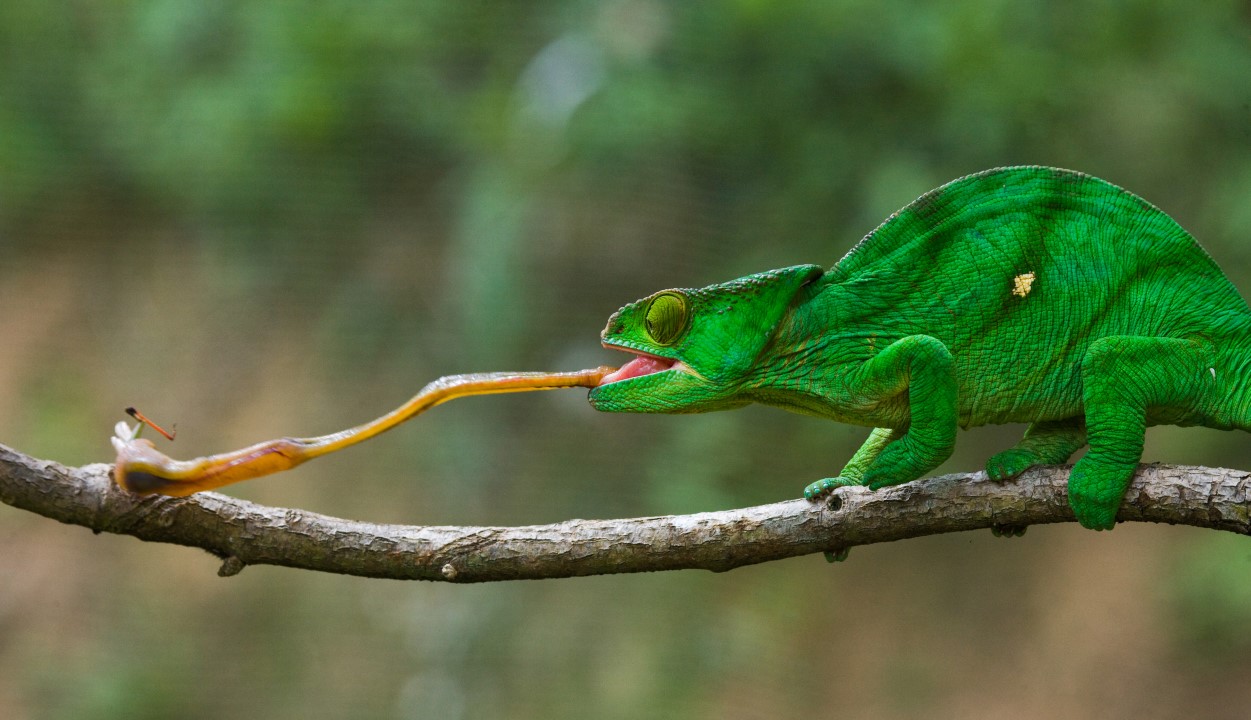
Learn More: Discover Animals
37. Camels Have Three Eyelids to Protect Themselves from Blowing Sand: Two of the eyelids have lashes, and the third eyelid comes from the corner of the eye.
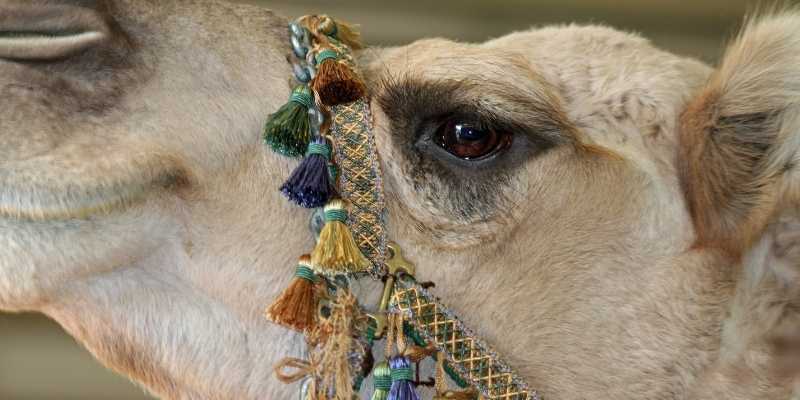
Learn More: Farming Base
38. Spiders are Not Insects: These creepy crawlies are classed as arachnids; a class that also includes scorpions, mites, and ticks.
Learn More: YouTube
39. Sloths Take Two Weeks to Digest Their Food: Sloths have a very slow metabolism.

Learn More: Twitter
40. Honey Never Spoils: Archaeologists have found pots of honey in ancient Egyptian tombs that are over 3000 years old and still perfectly edible.

Learn More: Parade
41. Cows Have Four Stomachs: Cows actually have one large stomach that contains four compartments to aid them through the different stages of digestion.

Learn More: Grahams Family Diary
42. It’s Impossible to Hum While Holding Your Nose: You can’t hum while holding your nose closed because the air cannot escape creating the sound.
Learn More: YouTube
43. Dragonflies Have Six Legs but Can’t Walk: Although they’re great fliers, their legs are only used for landing and grabbing onto things- not walking.

Learn More: Reddit
44. The Amazon Rainforest Produces 20% of the World’s Oxygen: This is why it’s often referred to as the “Lungs of the Earth.”

Learn More: Rainforests Mongabay
45. Some Turtles Can Breathe Through Their Butts: The process is called cloacal respiration and it’s used by turtles when they hibernate.

Learn More: PBS
46. Bats Are the Only Mammals Capable of Sustained Flight: Other “flying” mammals, like flying squirrels or gliding possums, can only glide or parachute.

Learn More: Reddit
47. Slugs Have Four Noses: Slugs actually have tentacles that they use to smell, and they technically have four of them.
Learn More: Pests Banned
48. The Tallest Mountain in the Solar System Is on Mars: Olympus Mons on Mars stands about 13.6 miles high- nearly three times the height of Mount Everest.

Learn More: Science | How Stuff Works
49. The Earth’s Ozone Layer Will Make a Full Recovery in 50 Years: According to UN and World Meteorological Organization scientists.

Learn More: India Times
50. The Smallest Bone in Your Body Is in Your Ear: The stapes bone in the human ear is the smallest bone.
Learn More: YouTube
51. More People Die Each Year from Coconuts Than Sharks: Approximately 150 people per year are killed by coconuts, compared to just 10 per year from sharks.

Learn More: Snopes
52. The Can Opener Was Invented 48 Years After Cans: Cans were opened using a hammer and chisel before a designated opener came about.

Learn More: Curious Times
53. Some Cats Are Allergic to Humans: Just like humans can be allergic to cats, cats can also have allergies to humans.

Learn More: Cattitude Daily
54. A Rubik’s Cube Has 43,252,003,274,489,856,000 Possible Configurations: That’s 43 quintillion!
Learn More: YouTube
55. “Dreamt” Is the Only Word in the English Language That Ends in “mt”: The words “dreamt” and “undreamt” are the only words in English that end with “mt”.

Learn More: Reddit
56. Coca-Cola Would Be Green Without Coloring: Coca-Cola would be green if you remove the food coloring.

Learn More: So Yummy
57. Octopuses Can Lay up to 100,000 Eggs at a Time: The mother spends six months devoted to protecting the eggs that she doesn’t eat.

Learn More: Redbook Mag
58. The Lyrebird Can Mimic Almost Any Sounds It Hears: Including that of a chainsaw!

Learn More: Facebook
59. Human Teeth are Just as Strong as Shark Teeth: Both are made from calcium phosphate.

Learn More: Independent.ie
60. You Lose Up to 30 Percent of Your Taste Buds During Flight: This is one of the reasons why airline food is often strongly flavored.

Learn More: Love Food
61. There Are More Lifeforms Living on Your Skin Than There Are People on Earth: The average human body carries around 100 trillion microorganisms.

Learn More: 9GAG
62. Jellyfish are 95% Water: This makes them so similar to the surrounding water that they can be almost completely invisible when viewed from the side.

Learn More: FactzPedia
63. The Atlantic Ocean is Saltier Than the Pacific: This is due to the Atlantic’s interaction with the Arctic.

Learn More: Quora
64. There’s Only One U.S. State Capital Without a McDonald’s: Montpelier, Vermont is the only U.S. state capital where you won’t find McDonald’s.

Learn More: Mashed
65. Hawaii Moves 7.5 Centimeters Closer to Alaska Every Year: Due to tectonic plate movements, Hawaii moves a little closer to Alaska every year.

Learn More: Twitter
66. The Sun Makes up 99.86% of the Solar System’s Mass: This leaves just 0.14% of the mass to be split amongst everything else in the Solar System; including the eight planets.

Learn More: Reddit
67. Recycling One Glass Jar Saves Enough Energy to Watch Television for 3 Hours: This is because creating a glass bottle from recycled material uses significantly less energy than creating one from scratch.

Learn More: Montealto in English
68. One Piece of Space Junk Returns to Earth Each Day: Not to worry though, because it usually burns up upon reentry.

Learn More: National Geographic
69. Caterpillars Have About 4,000 Muscles: Humans, by contrast, have an average of just more than 600.

Learn More: Study
70. There Are More Ways to Shuffle a Deck of Cards Than There Are Atoms on Earth: To be specific, there are 80,658,175,170,943,878,571,660,636,856,403,766,975,289,505,440,883,277,824 possible combinations.
Learn More: Youtube
71. It Snows Metal on Venus: The planet’s atmosphere contains metallic elements that condense and fall as snow.
Learn More: YouTube
72. Dolphins Give Each Other Names: These fascinating creatures develop unique whistles and they recognize their and other dolphins’ names.

Learn More: CGTN
73. A Blue Whale’s Heart is so Big, a Human Could Swim Through the Arteries: The heart of a blue whale is about the size of a VW Beetle!

Learn More: 9GAG
74. The Shortest War in History Was Between Britain and Zanzibar on August 27, 1896: Zanzibar surrendered after 38 minutes.

Learn More: Today in History
75. The World’s Largest Pyramid Isn’t in Egypt: It’s the Great Pyramid of Cholula in Mexico.
Learn More: YouTube
76. One-Quarter of All Your Bones Are Located in Your Feet: Of the 206 bones in the adult human body, 52 are in the feet.

Learn More: Wisconsin Public Radio
77. An Astronaut’s Suit Costs US$12 million: About 70% of its cost is for the control module and backpack.
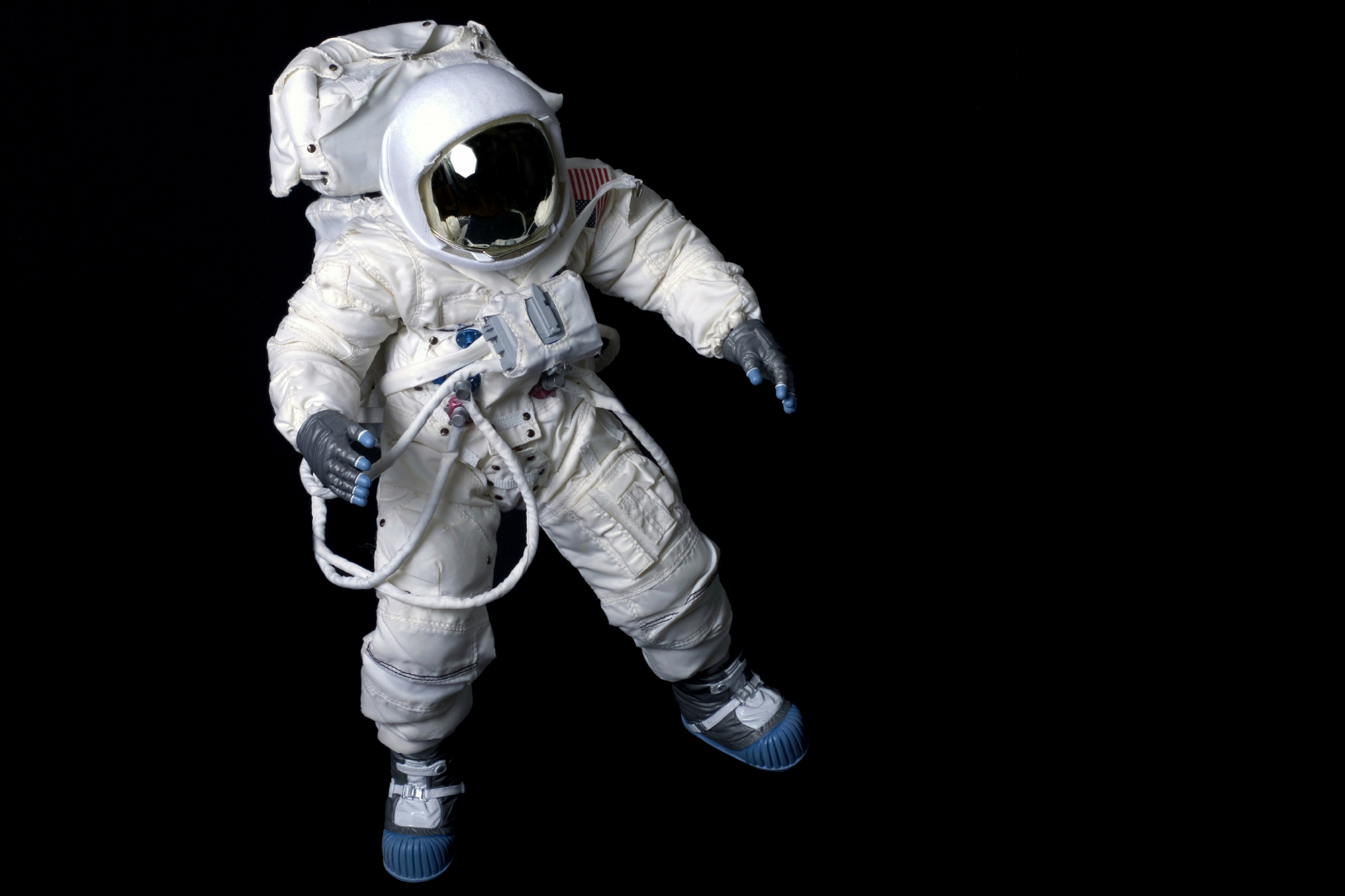
Learn More: The Declaration
78. Bubble Wrap Was Originally Intended to Be Used as 3D Wallpaper: The inventors only later realized its potential as a packaging material.

Learn More: Twitter
79. Ostriches Can Run Faster Than Horses: And the males can roar like lions!

Learn More: Reddit
80. Polar Bears Can Eat as Many as 86 Penguins in a Single Sitting: However, they would have to travel a long distance to do so since polar bears live in the Arctic, while penguins are in the Antarctic.
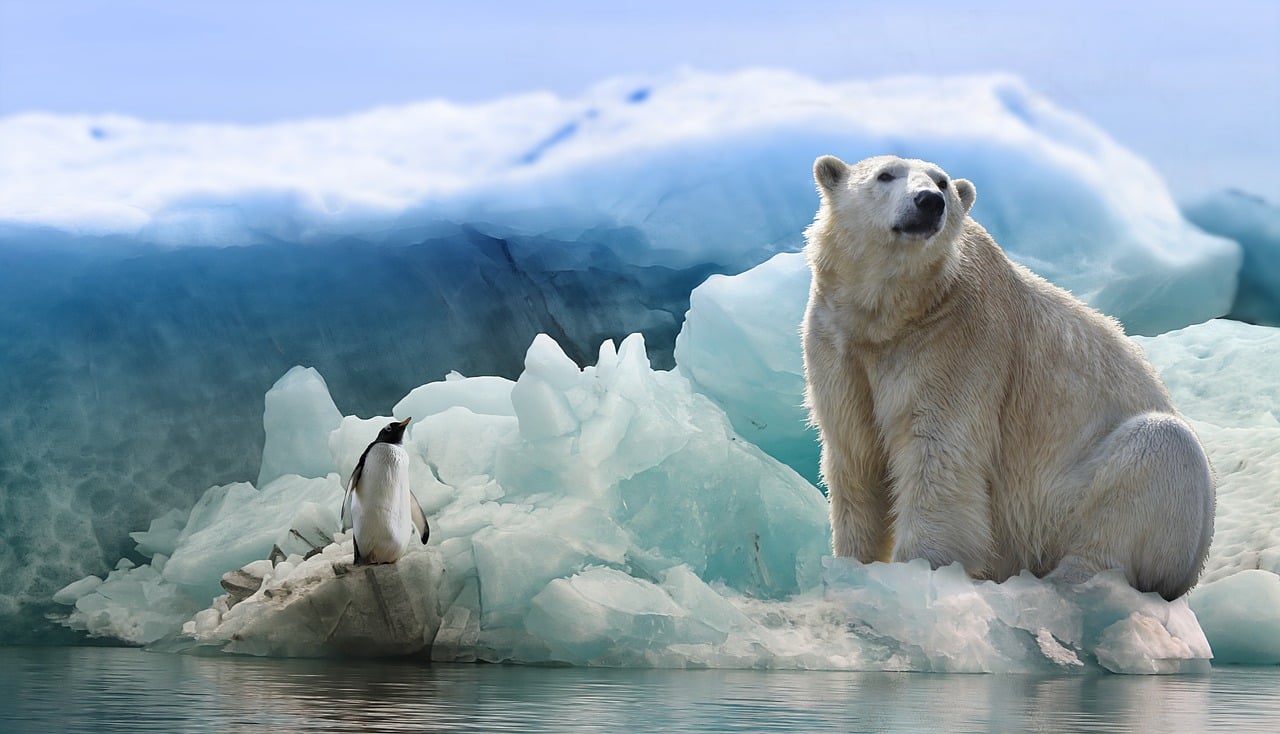
Learn More: Facebook
81. Bamboo Can Grow Up to 91cm in a Day: That’s an amazing growth rate of almost 4 cm an hour!

Learn More: Eco Bambu
82. Starfish Can Regrow Their Arms: In fact, a single arm can regenerate a whole body.

Learn More: Seed To Feed Me
83. An Apple, Potato, and Onion All Taste the Same if You Eat Them with Your Nose Plugged: They all have similar textures and the smell contributes significantly to our sense of taste.

Learn More: Factzpedia
84. The Speed of a Computer Mouse is Measured in “Mickeys”: This unusual unit of measurement represents about 1/200th of an inch!

Learn More: Twitter
85. A “Jiffy” is an Actual Unit of Time: It’s 1/100th of a second.

Learn More: Twitter
86. Fruit Flies Were the First Animals in Space: They were aboard the U.S. spacecraft in 1947 to study radiation exposure.
Learn More: YouTube
87. The Sahara Desert Powers the Amazon Rainforest: Did you know that dust from the Sahara Desert nourishes the Amazon Rainforest? It’s true! The desert’s mineral-rich winds travel clear across the Atlantic. Around 182 million tons of Sahara Desert dust fertilizes the Amazon each year.
Learn More: Mongabay
88. Jingle Bells Isn’t a Christmas Song: Hold onto your Santa hats, kiddos! Did you know that “Jingle Bells” was never intended to be used as a Christmas song? It was originally written as a Thanksgiving tune.
Learn More: Southern Living
89. Sunflowers are Suntrackers: From tiny sprouts to full-grown sunflowers, these special plants have a knack for following the sun. This adaptation is known as heliotropism. As plants grow older, their stems stiffen and the plants turn to face the east. It’s like a natural form of solar power.
Learn More: Washington Post
90. Plants Eavesdrop: Don’t tell your secrets near tomato plants. Some research indicates that they can “hear” running water. Their roots even grow toward the sound- how amazing!
Learn More: Live Science
91. Vending Machines vs Sharks: This just in—vending machines are more lethal than sharks. More people meet their end due to falling vending machines than shark attacks each year.
Learn More: Slate
92. Harry Potter and the Eternal Flame: Remember the eternal flame in the Goblet of Fire from Harry Potter? There’s a real eternal flame in Chestnut Ridge Park, New York. It’s fueled by natural gas emissions and has been burning for over 6,000 years.
Learn More: Atlas Obscura
93. Laughing Can Make You Live Longer: Laughter increases blood flow and improves immunity. It’s literally the best medicine!
Learn More: Scientific American
94. J.K. Rowling’s Mystery Character: J.K. Rowling and Harry Potter share the same birthday—July 31st. What a peculiar coincidence!
Learn More: CBC
95. Your Tongue Has Its Own Print: Your tongue’s print is as unique as a fingerprint! No two people can ever have identical tongue prints.
Learn More: Hindustani Times
96. Your Brain is a Silent Powerhouse: Your brain is powerful yet quiet. If the brain were a computer, it would be able to perform 38 thousand-trillion operations per second, but it would only use about 20 watts of power.
Learn More: Princeton
97. The Leap Second Exists: Time is ticking, but sometimes it takes a leap! Occasionally, a “leap second” is added to Coordinated Universal Time (UTC). This is to sync clocks worldwide with Earth’s slowing rotation.
Learn More: Time and Date
98. Fleas Jump Like Olympians: Did you know that fleas can jump 350 times their body length? That’s the equivalent of a human jumping across an entire football field!
Learn More: Fleascience
99. The Echidna, an Australian Mammal, Lays Eggs: The echidna, an Australian mammal, lays eggs, but it’s not a bird. There are five mammals on Earth that lay eggs, and four of them are echidnas. The only other egg-laying mammal is the platypus.
Learn More: San Diego Zoo Wildlife Alliance
100. Astronauts Need Tortillas: Bread crumbs can be dangerous in space. They can mess with the spaceship’s equipment. A plausible solution? NASA packs their spacecrafts with tortillas instead of bread.
Learn More: Departing Earth
101. Glowing Natural Wonder: Bioluminescent Bay: Mosquito Bay in Puerto Rico is an unusual body of water where the water glows in the dark. Tiny organisms called dinoflagellates create the glow when disturbed!
Learn More: Atlas Obscura
102. Honey Never Expires: Honey never goes bad! Archaeologists have found pots of honey in ancient Egyptian tombs that are over 3000 years old—and still good to eat! The natural preservatives keep it from spoiling.
Learn More: All Recipes
103. Antarctica Has Frozen Lava Lakes: Ever seen frozen fire? Antarctica’s Mount Erebus has lava lakes that are so cold, they freeze! The volcano is active but at frigid temperatures. Fire and ice coexist here.
Learn More: Wired
104. A Leap Year Isn’t Always a Leap Year: According to the Gregorian calendar, a year is deemed to be one if it’s divisible by 4, but years divisible by 100 are not leap years—unless they’re also divisible by 400.
Learn More: Royal Museums Greenwich
105. A Mysterious Dancing Plague Killed Hundreds of People: Dancing isn’t usually deadly, but in 1518, Strasbourg experienced a dancing plague. Hundreds of people danced for days without rest. Many collapsed or even died after experiencing this medical mystery.
Learn More: Big Think
106. The Internet Weighs as Much as a Strawberry: We use the Internet daily, but have you ever wondered how much it weighs? As odd as it sounds, the digital content on the internet is estimated to weigh about 50 grams—that’s roughly the weight of a strawberry!
Learn More: Telegraph
107. Beethoven Was the First to Use a Metronome: Beethoven was one of the first composers to use a metronome when composing music. His tempo markings confused other musicians as some felt they were too fast or too slow.
Learn More: Popular Beethoven
108. In Some Countries, Ice Cream is considered to be a Breakfast Food: In Japan, some people believe that eating ice cream for breakfast makes you smarter. While there isn’t scientific evidence to prove this, ice cream does contain some essential nutrients that contribute to better brain functioning.
Learn More: Independent
109. The Earth’s Poles aren’t Stationary: The Earth’s poles are not always in the same place. This is because of changes in the Earth’s weight and the pull of the Moon. This natural occurrence is called axial precession.
Learn More: NASA
110. Saturn has a Hexagonal Story System: Saturn has some mind-boggling weather patterns. Its north pole has a hexagonal storm with sides measuring almost 14,500 km long.
Learn More: SyFy
111. Explore Jellyfish Lake: If you visit Palau, make sure you go for a swim in Jellyfish Lake. This body of water is filled with harmless jellyfish. These creatures have lost their ability to sting since they don’t have any predators.
Learn More: Bluewater Travel
112. The Sound of Silence Can Be Scary: In anechoic chambers—rooms without echoes—even the sound of your heartbeat is loud. The intense quiet in these rooms has also been known to induce hallucinations.
Learn More: Vice
113. Kangaroos Can’t Walk: Here’s a wild fact: kangaroos can’t walk! They only hop or crawl to get around and use strong tails to maintain balance.
Learn More: Wild Explained
114. Venus is Our Evil Twin: Venus is Earth’s “evil twin.” It shares Earth’s size and composition, but has a surface temperature that’s hot enough to melt lead; making it inhospitable for life.
Learn More: Space
115. Coral is Not a Plant: Coral might look like a plant, but they’re actually colonies of tiny animals related to jellyfish. They build the hard calcium carbonate structures that we know as collective reefs.
Learn More: National Ocean Service
116. Champagne is for the Brave: Years ago, people believed that champagne was too dangerous to drink! They were afraid to drink it because the bottles would often explode. This led to it being deemed a drink for only the bravest to enjoy.
Learn More: Mashed
117. Camel Humps Store Fat, Not Water: Despite the rumors swirling about, camel humps don’t actually store water- they store fat which is used for energy when access to food is scarce.
Learn More: Cleveland Zoological Society
118. The Loudest Natural Sound: The loudest sound ever heard on Planet Earth was the eruption of Mt. Krakatoa in 1883. It was so loud that it could be heard 3,000 miles away and caused massive tidal waves which made a lot of people think that it was the end of the world!
Learn More: Classic FM
119. Shakespeare’s Missing Head: It is believed that William Shakespeare’s skull is missing from his grave. It was supposedly stolen by grave robbers during the 18th century.
Learn More: Thought Co.
120. Asparagus Changes Urine Smell: Eating asparagus changes the smell of a person’s urine. A compound called asparagusic acid breaks down into sulphur compounds and can lead to strange-smelling urine.
Learn More: Cleveland Clinic
121. The Moon Causes Changes in Childbirth: Some people believe that the moon’s gravitational pull can increase childbirth rates. However, scientific studies have shown that there is no direct correlation.
Learn More: Forbes
122. The Aussies Waged a War on Emus: Australia waged war on the emu population in the 1930s. Soldiers were sent out to hunt them to lower the population, but they were unsuccessful.
Learn More: Nomads World
123. Football Originated from Mob Football: Modern football has its roots in mediaeval times. It began as a game known as mob football. Entire villages would try to move a ball to specific landmarks using speed, skill, and agility.
Learn More: Mashable
124. A Cat Always Lands on Its Feet: For the most part, cats land on their feet when they fall. This is due to a unique righting reflex that helps them twist their bodies in midair to land on their feet.
Learn More: Purina
125. The Ostrich Has a Tiny Brain: An ostrich’s eye is larger than its brain. While they may not be very smart, these feather creatures have excellent vision, which is useful for spotting predators from afar.
Learn More: Thayer Birding
126. Dogs Understand Human Emotions: Research indicates that dogs are capable of understanding human emotions and will often attempt to provide comfort to their owners when they are feeling sad.
Learn More: American Kennel Club
127. There’s a Floating Post Office in India: India has a floating post office in the middle of Dal Lake in Srinagar. It was opened in 2011 and serves the small communities living around the lake.
Learn More: The National News
128. Glass is Liquid: Glass is technically not a solid but an extremely viscous liquid. Over long periods of time, very old glass panes will become thicker at the bottom.
Learn More: Scientific American
129. Fingernails and Hair Don’t Keep Growing After Death: There is a common myth that fingernails and hair continue to grow after death. What actually happens is that the skin recedes- making it seem like they are growing.
Learn More: Live Science
130. Only Female Mosquitoes Bite: Only female mosquitoes bite humans. Males primarily feed on flower nectar whilst females need the protein from blood to nourish their eggs.
Learn More: Metode
131. The Mandela Effect is a Collective Mistake: The Mandela Effect refers to a collective misremembering of facts or events. It’s named after Nelson Mandela; a man that some falsely remembered dying in prison.
Learn More: CNN